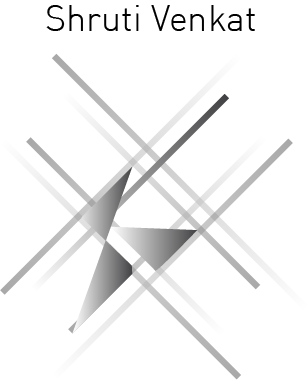Elia Zenghelis is considered one of the most influential leaders in the transformation of architectural education in the last half-century. He came to Iowa State University’s College of Design to visit and teach a master class for 50 third- through fifth-year undergraduate as well as graduate students in spring-semester architecture studio classes.
Overview
The two-week, intensive workshop addressed the topic of “Principles of the Modern: Manifesto Recast, or The Invention of the Public Condenser.” The aim of this workshop was to articulate one’s position and response to a set of exemplary paradigms selected from the history of architecture since the so-called ‘revolution’ of the ‘Modern Movement’. The final deliverable of the workshop was to illustrate the paradigm in the form of an emblematic image that can act as a personal manifesto.
“In particular, the workshop will highlight the role that ‘domesticity’ has played in shaping the Modern Movement: if Modernism celebrates the rationalization of the city, what is often overlooked is how it ushered in radically new and expansive forms of domesticity, the effects of which helped transform the entire urban landscape. Domestic architecture can be seen as a microcosm of the city, in which formal, material and social experimentation can reach new heights, shaping relationships between life and form, bodies and space, sensuality and materiality: an experimentation that can inspire a social and political imaginary, from which to draw an ideological project, both allegorically and literally.”
Workshop Review
A list of seminal architectural paradigms, emblematic of the Modern Movement’s evolution were given, for study, re-presentation, transformation and the production of an image-manifesto. The procedure and working method were divide into two parts- Part 1: extrapolation and Part 2: synthesis. My teammate and I chose Pierre Koenig, Stahl House 1960 - Richard Neutra, Kaufmann House, 1947 & Shulman photos as our paradigm.
Kaufmann House, 1947 Photographed by Julius Shulman
Stahl House, 1960, Photographed by Julius Shulman
PART 1 EXPLORATION
The extrapolation was to consist of a) abstracting a formal summary, an extract out of the paradigm studied b) isolating and capturing each extract for a composition transformation that would lead to an abstracted reconfiguration of the two paradigms into one;
For the part 1 extrapolation process: We tried to study the historical context during the construction of the two iconic houses. We also looked at the key figures, or the key people in the architectural arena at the time period and tried to form the connections. See below excepts from our presentation.
Timeline of the historical events during and around the time the two iconic houses were constructed.
Keyplayers and impacts on both Pierre Koenig and Richard Neutra
Apart from looking at the historical context and key figures that impacted the architects lives, we also looked means and methods of construction, the floor plans of the two houses, the similarities and the differences. This led us to the famous quote:
“Those who do not want to imitate anything, produce nothing.”
PART 2 : SYNTHESIS
Out of the material developed in Part 1, each team was asked to produce one color image. This image should be simultaneously an emblematic representation of the composite transformation and, an abstract representation of an “interior” that the transformation bespoke; it should be envisaged as the representation of an “archetypal social condenser”: imagined as a space to accommodate an example of what is (often inaccurately) referred to as the “body politic”;
Our findings on the 1960s showed us the importance of the television at the advent of modernism. It even drove the way houses were designed with large living and shared spaces and smaller bedrooms. The images shown on the TV were an aspirational view of the high life, the perfect modern life. It was an escape from the mundane, the day to day.
This led to the first iteration of the image manifesto as you can see below.
Aspirational view of the high life represented in magazines and the television
Adding our interpretation of the quote by Dali into this process, we came to the conclusion that everything the television represented was in turn a perspective of the real. And as human beings, in the modern period, the domestic was an attempt at the imitating that perspective.
Image manifesto






